Nothing quite ruins the drive like dodgy suspension. One moment, your car hugs corners solid as ever. Next, every bump feels like a punch, your steering wheel shakes, and the car drifts to one side. Bent suspension isn’t always obvious. Sometimes, you’ll only spot it after a close call with a curb, a nasty pothole, or, if you’re really unlucky, after someone else returns your car with a sheepish grin. If your suspension is bent, leaving it unchecked could chew up your tires, mess with your alignment, or leave you at the mercy of a failed safety inspection. It's surprising how easily a little damage can sneak past even the most eagle-eyed drivers, especially when life's busy.
Spotting the Signs: What Does Bent Suspension Feel Like?
Bent suspension isn’t wearing a name tag. It hides behind subtle changes until something finally grabs your attention. First up, pay attention to alignment. If your steering wheel is off-center when you’re heading straight, or the car pulls left or right, something’s up. Weird tire wear? That inside-edge bald patch could mean your suspension geometry’s shot. Bumps suddenly feel like potholes, or clunking sounds haunt you after every dip or driveway? Yes, those are red flags too.
Look in your mirrors after a wash. Does the car look like it leans to one side? Sometimes a bent lower control arm or strut means your vehicle doesn’t sit level. Even your headlights might rat you out if one shines higher than the other. Road vibrations and odd handling on corners can hint at trouble—almost like your car wants you to drive in a big slow circle, no matter how hard you try to keep it straight.
If you’re feeling changes in the steering—extra play, resistance, or vibrations especially right after hitting a rut—that’s your suspension begging for attention. Pay attention to noises. Grinding metal, rattle, or a dull "thunk" when steering or going over bumps? Those noises aren’t there for fun. When mechanics inspect for suspension issues, they often find subtle bends or twists where metal should be arrow-straight.
And here’s an odd one: sometimes, a bent suspension arm or strut can mess up your braking. If the car dives unevenly under hard braking, you could have a lopsided suspension. Even a small bend—just a few millimeters—can throw the balance off. In Auckland, with its endless speed bumps and volcanic potholes, you’d be surprised how quickly things get out of line. So if you notice your car acting different after roughing it up, don’t brush it off.
Common Causes: How Suspension Bends, and When to Worry
You probably think bent suspension only happens in big-crash dramas, but that's not always the case. Everyday life in the city introduces all sorts of hazards. One of the biggest culprits? Potholes. Auckland’s roads are infamous—deep craters that look harmless until you hit one at speed. The jolt can bend a control arm, twist a strut, or even tweak the subframe. Parking too close to a high curb and bumping a wheel is another classic. It only takes a low-speed knock to put your suspension geometry out of whack.
Off-road Saturday adventures (or just a wrong turn onto a dodgy gravel road) can do even more. Unseen rocks, sudden dips, or drop-offs hit the suspension hard. Towing loads heavier than your car was built for? Not only does that stress the shocks, it can put the suspension arms under enough force to bend or warp them. Even a minor collision—let’s say a shopping trolley with attitude—can push parts a little off center. Larger crashes and fender benders are obvious, but don’t underestimate the small stuff.
Then there’s old-fashioned rust and metal fatigue. This isn’t dramatic, but years of rain and salty sea air (thanks, Auckland) can weaken metal. Suddenly, a pothole that would have been fine last year actually bends something. The more you pile on—heavy luggage, extra passengers, carrying gear in the boot—the more stress on the suspension links, especially if they’re already tired. Don’t forget poor workmanship, either. If a past suspension repair wasn’t done right, the parts might not be seated or torqued correctly, creating weak spots that fail later.
Pay special attention if you recently lifted or lowered your car for looks or practicality. Changing the ride height can mess with suspension angles. If it’s not done with the right kit, the new geometry can over-stress joints and mounts, leading to premature bending. And don’t assume that a new or expensive car is immune. Design quirks and lightened materials make some modern cars even more sensitive to hard impacts. What was once a robust hunk of steel might now be a slim metal arm made for efficiency—not crash resistance.

DIY Checks: Simple Ways to Spot Bent Suspension at Home
You don’t need a garage full of fancy gear to figure out if your suspension is bent. Most clues are visible or easy enough to check with basic tools and a sharp eye. Here’s how you can play detective before heading to the shop. Start with a flat parking spot—gravel or a slight slope makes it harder to compare. Walk around your car and check ride height on all corners. Stand a few meters back: does the car look crooked, like it’s sagging more on one wheel? Measure from the fender top down to the ground on each side. If there’s a difference greater than 1.5cm (about half an inch), you might be looking at a bent component or blown shock.
Set the steering wheel straight, then check if the front wheels are pointing in exactly the same direction. If they look even a little off, your toe or camber might be out due to a bent arm or tie rod. Peek at your tires for uneven tread wear. Worn inner or outer edges on just one tire mean alignment issues, which are often caused by bends in the suspension arms. Don’t forget to check for wheel damage—sometimes a bent rim fools people into chasing the wrong problem when it’s actually the suspension underneath.
Take a look at the gaps between your wheels and the body panels. If one wheel sits noticeably forward or backward in the arch, it could mean a control arm is bent. Kneel down and look under the car. Most suspension arms should be straight or have a shallow, even curve—compare both sides visually if you can. If one arm looks “banana-shaped” or has a dent/crease, that’s the smoking gun. Run your hand along the surface feeling for ripples, kinks, or flaking paint. Those are hints it’s taken a hit.
If you’ve got access to a jack and four sturdy stands, carefully lift the car and look for shiny new metal or paint rubbing off—signs a part has flexed or shifted. Grab each wheel at 12 and 6 o’clock, then rock it back and forth. Excessive play, clicking, or movement could mean a problem with the hub, ball joint, or a bent part. The same goes for 3 and 9 o’clock—if anything feels loose or clunky, jot it down. Listen for odd noises when you bounce each corner of the car. Unusual squeaking or popping means time to check further.
One last easy check: drive at low speed and take your hands off the wheel briefly on a level road. If the car veers sharply left or right, that’s a clear sign something’s not happy down there. If you notice these problems after a new set of wheels or a hard hit, don’t ignore it—even a minor bend can get worse with time. Spotting issues early means saving yourself from headaches (and big bills) later.
When to Seek Help: Inspection, Repair, and Staying Safe
If you confirm or even suspect you’ve got a bent suspension component, don’t roll the dice hoping it’ll “fix itself.” While some folks reckon a simple alignment will do, if the actual parts are bent, a regular wheel alignment won’t last. In fact, a crooked arm or knuckle will keep pulling everything out of spec, no matter how many times you try to straighten things up on the alignment rack.
A professional inspection means a mechanic will use a hoist and precision tools to check every angle. Most shops in Auckland use digital alignment machines that can spot even tiny variations in toe, camber, and caster. This makes it way easier to pinpoint not just that something’s wrong, but exactly which part is the troublemaker. If you’re lucky, it’s only a slightly bent tie rod or control arm—parts that are usually affordable and quick to swap.
Bigger jobs—like a twisted strut tower or subframe—are rarer, but they do happen after bigger hits. These usually mean more time in the shop, but biting the bullet early avoids major damage and stubborn issues down the road. For classic car lovers or owners of rare imports, sourcing parts can take longer, so it pays to check often and keep an eye on suspension behavior after any run-in with rough roads.
Don’t forget that insurance may cover damage if it’s tied to an accident or unusually harsh pothole. Gathering photos of clues (uneven ride height, bent arms, damaged wheels) can help if you need to show an assessor or file a claim. Document everything for peace of mind.
It’s hard to overstate how much a healthy suspension matters for safety. That’s your only link between the car and the road, after all. Recent crash data from NZTA makes it clear: cars with compromised suspension have longer stopping distances and are more likely to lose control in emergencies. And when it rains (just about every other day in Auckland), those odds only go up. If you spot the signs we’ve talked about, don’t wait. Fixing a bent suspension early keeps your car safe, smooth, and ready for whatever the city throws your way.
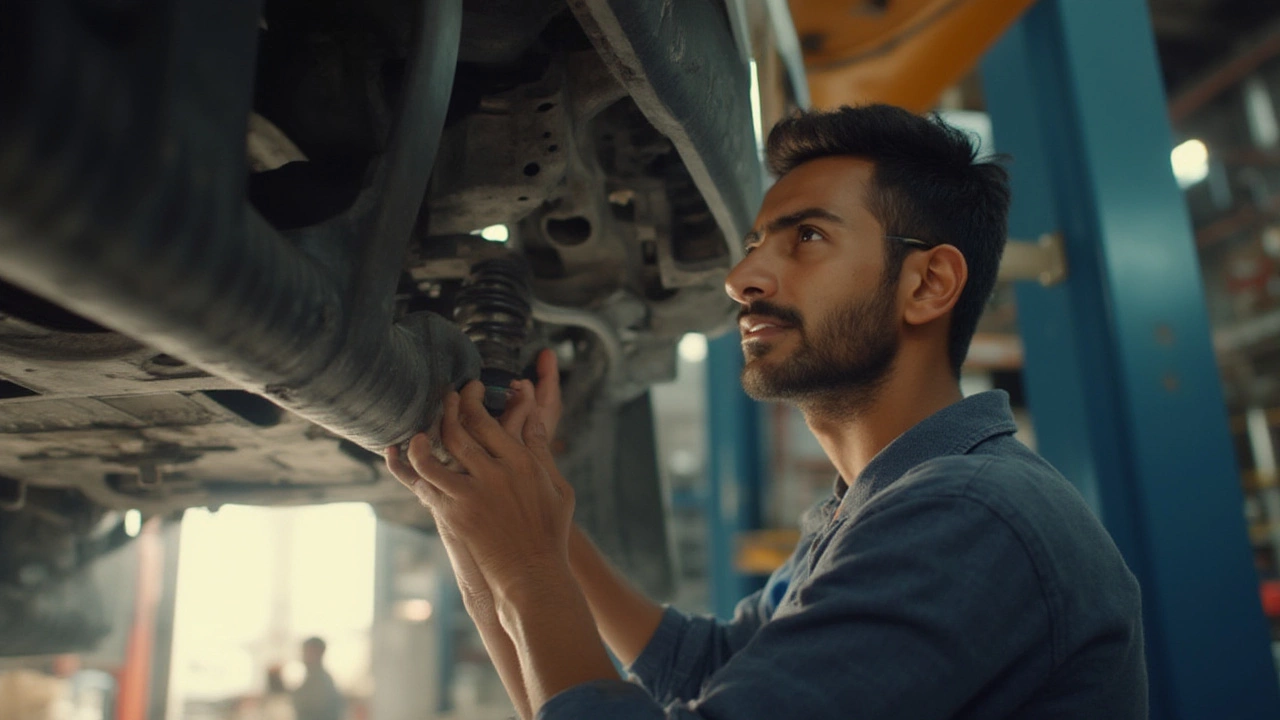

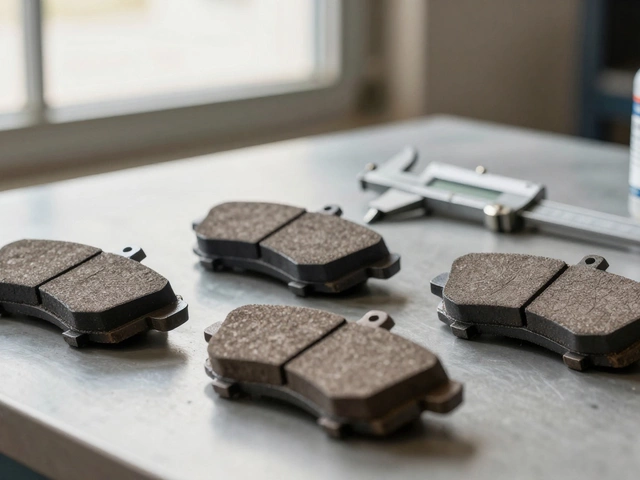

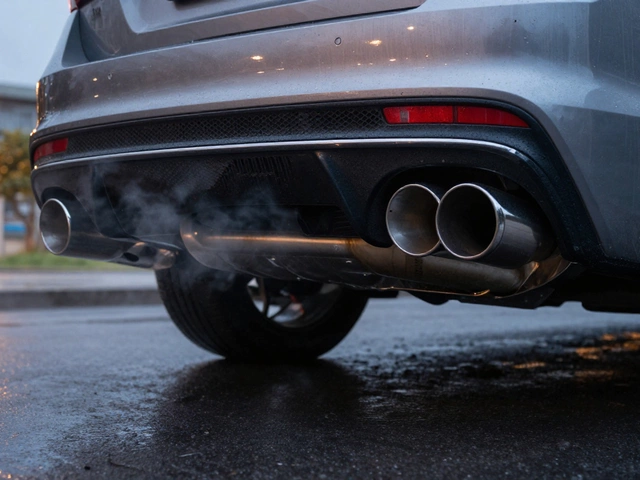
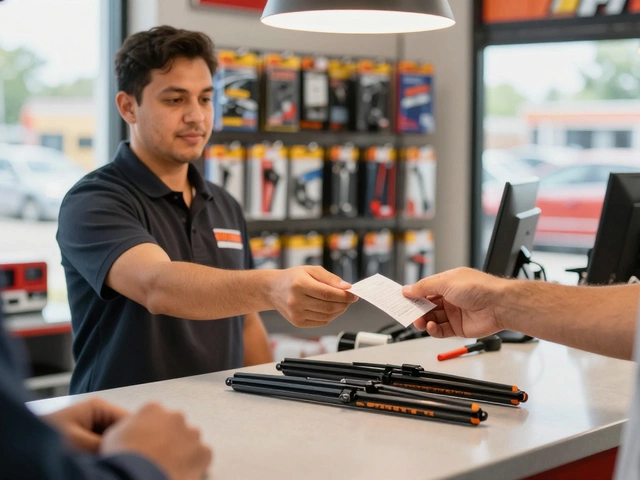
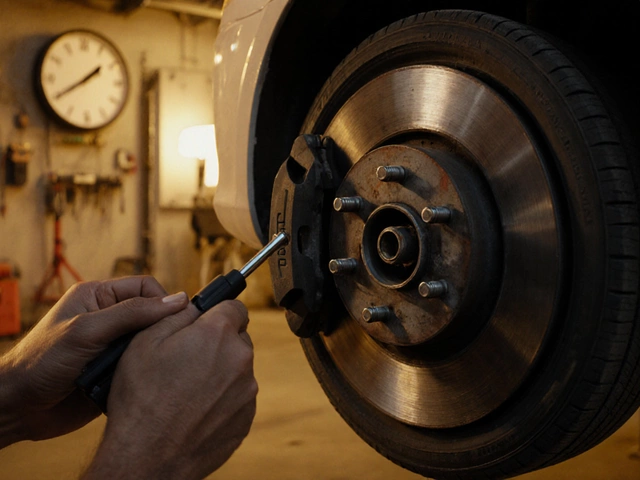
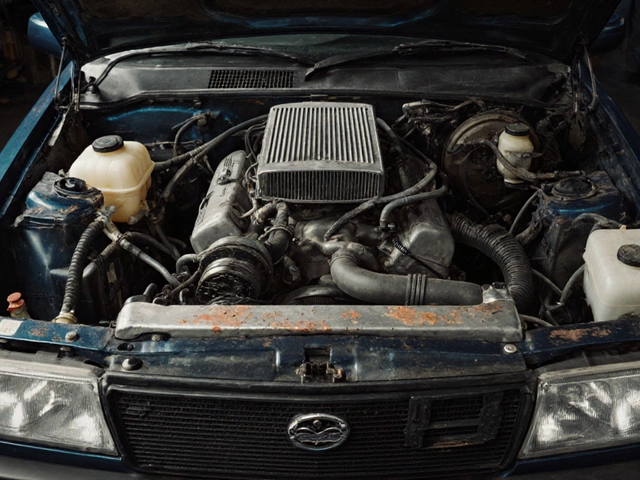


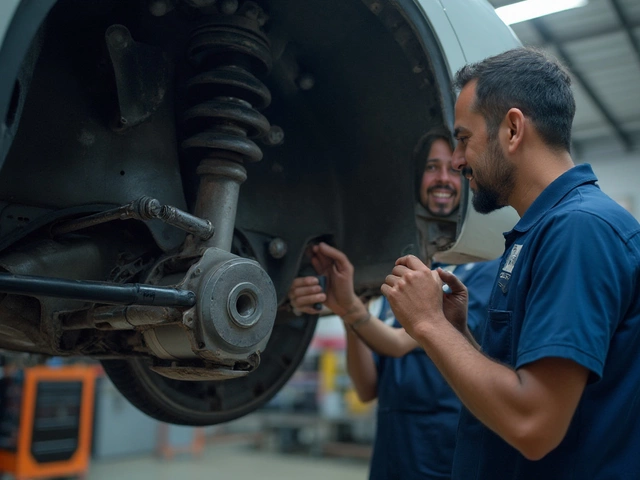
Write a comment